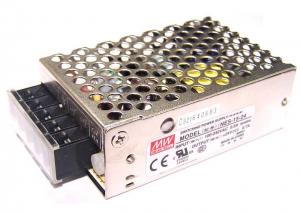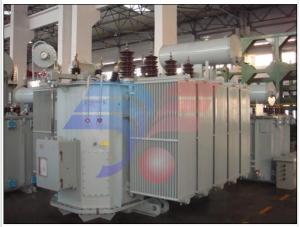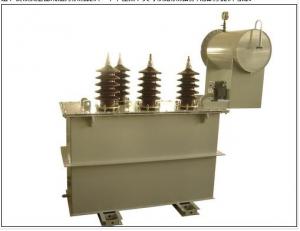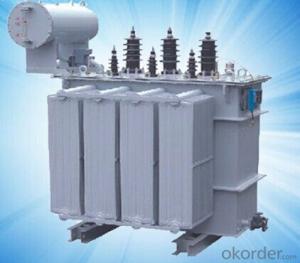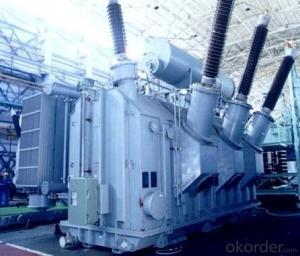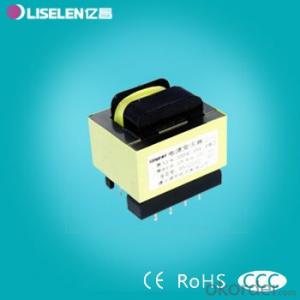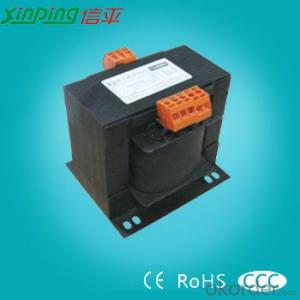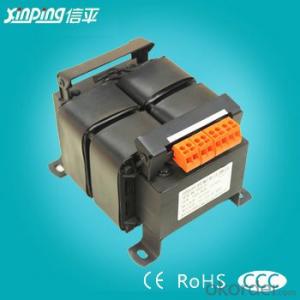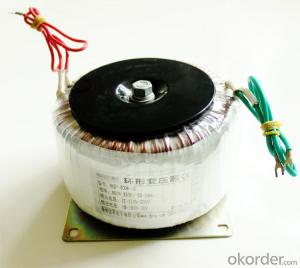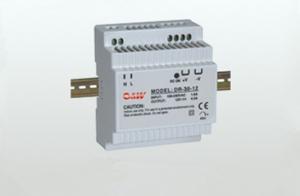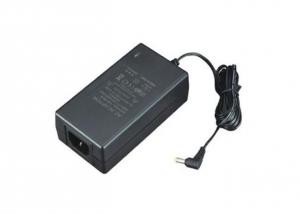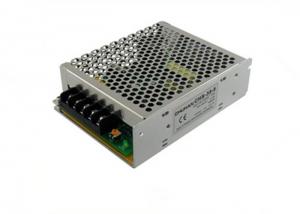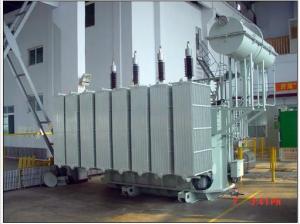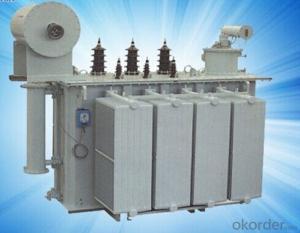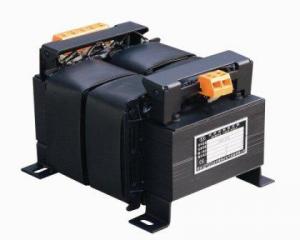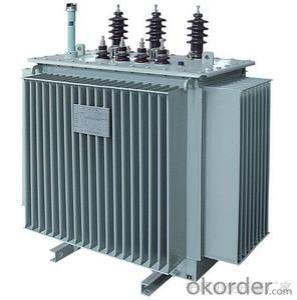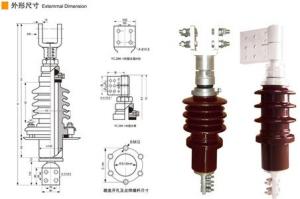RS Series Switching Power Supply
- Loading Port:
- Shanghai
- Payment Terms:
- TT OR LC
- Min Order Qty:
- -
- Supply Capability:
- 10000pcs pc/month
OKorder Service Pledge
Quality Product, Order Online Tracking, Timely Delivery
OKorder Financial Service
Credit Rating, Credit Services, Credit Purchasing
You Might Also Like
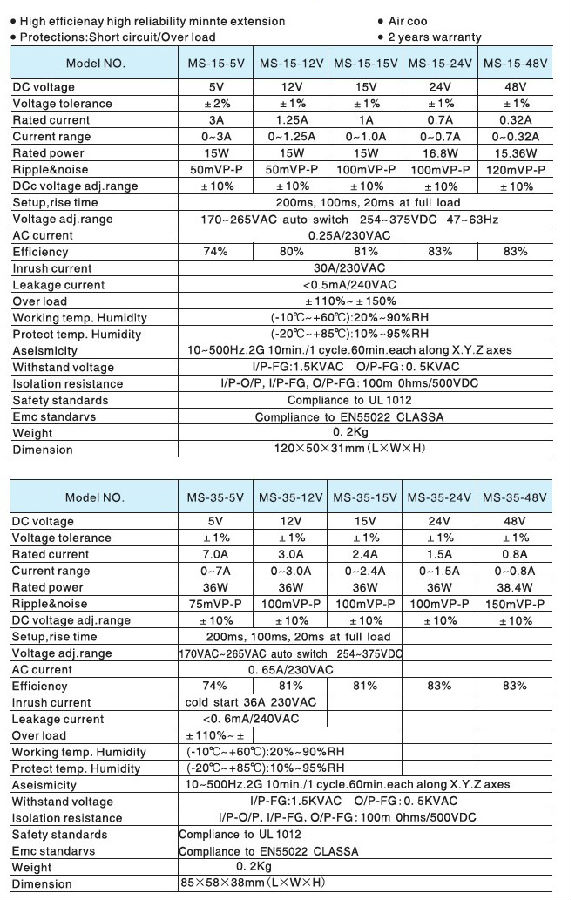
- Q: A CD player uses two 1.5 v batteries. If you want to plug it into a 120 v outlet, what kind of transformer will you need (Step up or Step down)? What must be the ratio of the number of turns in the primary to the number of turns in the secondary?
- You will need more than just a transformer to do the job. What you need is a power supply that has other components like diodes. and capacitors, As the other answerer said, it is easiest to buy a Universal Adaptor , with an adjustable (by switch) output voltage and output polarity and they come with an assortment of connectors. If you really want to build a power supply then first consider that the peak value of the 120Vac-?мs source 120√2 ≈ 170 volts. You need 1.5 + 1.5 3 volts (if the batteries are in series) so you'll need a transformer of about 170 ? 3 56:1 (stepdown) Depending on the filtering used, and the losses, and the actual voltage level at your home outlet (I've seen ?мs values from 110 Vac to 125 Vac), a 45:1 transformer would be better. The transformer must be rated at 60 Hz.
- Q: If a transformer rating 240vac 50hz being supplied by a source 240vac 60hz,will it get hotter than by 240vac 50hz source?
- Keep in mind that every hertz reverses the flow of the electrons. The more hertz, the more reverses. Each reverse involves friction, which generates heat.
- Q: Transformers have any way of cooling
- Selection of strong air-cooled cooling mode, when the pump and fan lose power supply, the transformer can not run for a long time. Even if no load can not run for a long time. Therefore, two separate power supplies should be selected for use by the cooler. ????When the oil-water cooling method is selected, it can not be operated when the pump cooling water loses power. The power supply should select two independent power supplies.
- Q: I remember playing with a brand of shapeshifting car/robot toys in the 80's when I was a kid that was not Transformers. They were popular, had a catchy commercial jingle, and were NOT Transformers, but I can't remember what they were called. Help!
- GO-BOTS-AND THEIR STORY. The Gobot toyline was based on figures produced by Popy of Japan (later Bandai), named Machine Robo. In 1983, Tonka decided to import the line into America after realizing Hasbro were doing the same with Takara’s Diaclone and Microman's Microchange lines, which became Transformers after crossing the Pacific. In another similarity to Transformers, Tonka decided to make the figures sentient robots, rather than human-piloted mecha as they had been in Japan, and divided them into two factions – the good Guardians and evil Renegades (although early figures were simply described as ‘Friendly’ or ‘Enemy’ on the packaging). The figures were all given individual names, in contrast to the simple designations they received in Japan. The line sold well initially, but was overtaken by Transformers, something often attributed to Hasbro's much better promotion and media tie-ins – for example, Gobot figures had no character profiles on their packaging, whereas Hasbro included tech spec biographies for each character on the back of the card or box. Gobots were also largely considered by fans and the marketplace to be overly simplistic when compared to the more sophisticated Transformers line; whereas Transformers characters had iconic names (e.g., Megatron, Starscream, Optimus Prime) and multi-faceted transformation cycles (where the robot often didn't resemble the vehicle), Gobots characters had much more obvious names (e.g., Scooter who changed into a scooter, Tank who changed into a tank, Dozer who changed into a bulldozer, etc.) and simplified transformation cycles (e.g. Tank simply stood up to transform). 1987 was the final year in which new Gobots were released.
- Q: Transformer secondary side is high pressure or primary side is high pressure
- Transformer can be divided into two types of step-up transformer and step-down transformer, the primary side of the transformer is the voltage input, the secondary side is the output. Step-up transformer is the secondary side voltage greater than the primary side, step-down transformer is the secondary side voltage is less than the primary voltage.
- Q: How can you tell. Is it because (3) wires come off of a single phase transformer? And (4) off of a three phase transformer? Thanks!
- That would be a clue. If the transformers are mounted on power poles they will be exposed. For three phase you would see three separate transformers wired together.
- Q: Transformer how to do no load test
- Transformer no - load test 1, the transformer no-load test power capacity of choice: To ensure that the power waveform distortion does not exceed 5%, the test sample of the no-load capacity should be 50% of the power capacity; the use of pressure from the pressure, no-load capacity should be less than 50% of the regulator capacity; The no-load capacity should be less than 25% of the generator capacity. 2, no-load test is to measure the rated voltage under no-load loss and no-load current, test high side of the open side, low side pressure, the test voltage is low voltage side of the rated voltage, test voltage is low, the test current is rated current percentage A few or a few thousandths.
- Q: I would like to get my grandchild all the transformer movie dvds but don't know the names of all of them. please help and thanks
- Transformers, Transformers: Revenge of The Fallen, and Transformers: Dark of the Moon(comes out September 30). Hope I helped.
- Q: How is the insulation of the transformer divided?
- n the oil-immersed transformers, the main insulation to oil-paper barrier insulation structure is most commonly used. The longitudinal insulation is the insulation between the parts of the same winding, such as insulation between different windings, between layers and turns.
- Q: Transformer insulation level L175 AC35 / 5 What does it mean
- 1, the transformer winding rated withstand voltage with the following letter code: LI - Lightning impulse withstand voltage SI - Operating impulse withstand voltage AC - power frequency withstand voltage
Send your message to us
RS Series Switching Power Supply
- Loading Port:
- Shanghai
- Payment Terms:
- TT OR LC
- Min Order Qty:
- -
- Supply Capability:
- 10000pcs pc/month
OKorder Service Pledge
Quality Product, Order Online Tracking, Timely Delivery
OKorder Financial Service
Credit Rating, Credit Services, Credit Purchasing
Similar products
Hot products
Hot Searches
Related keywords
